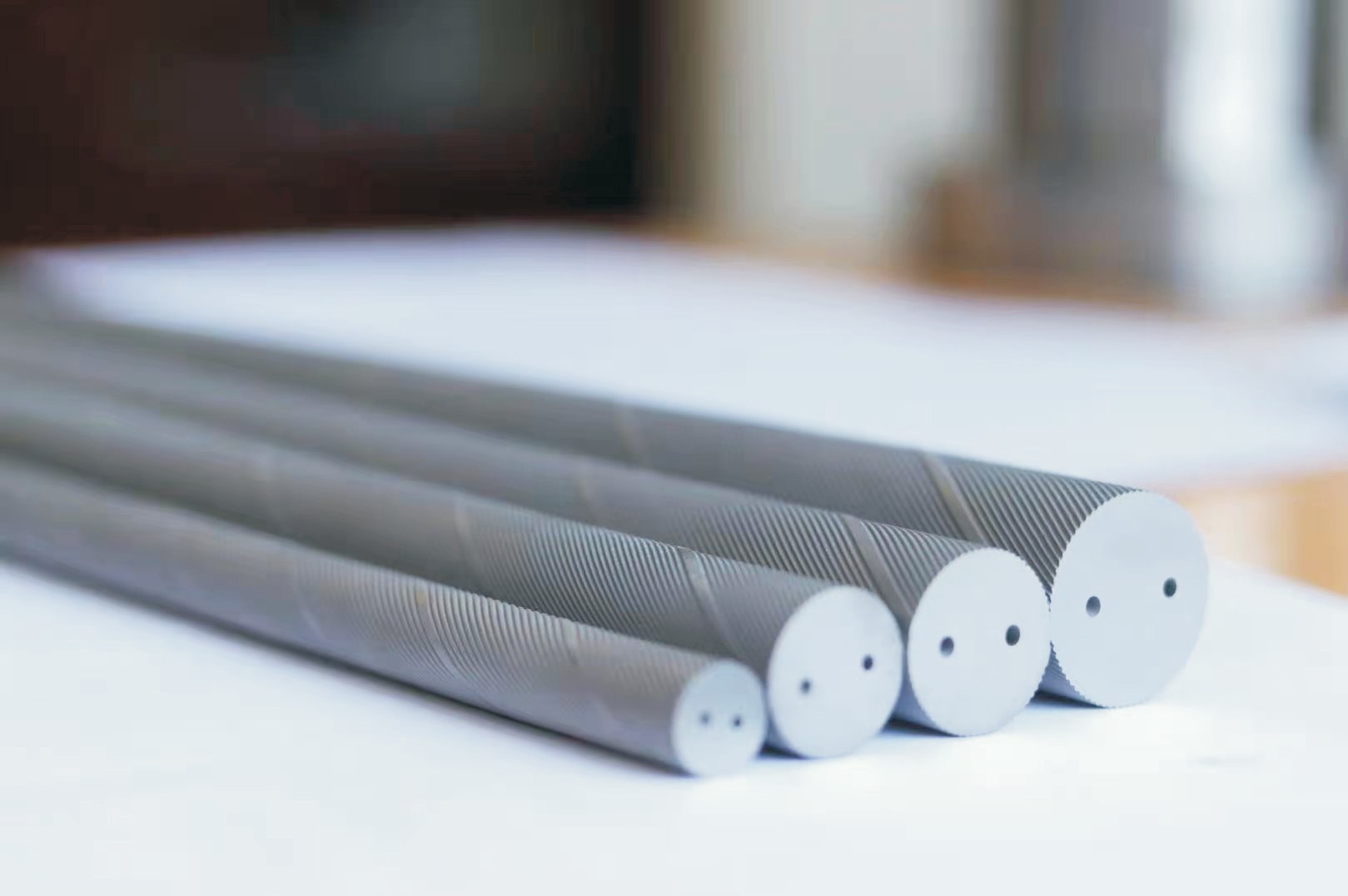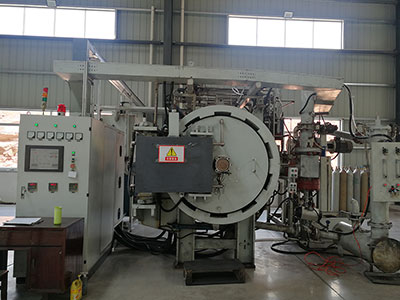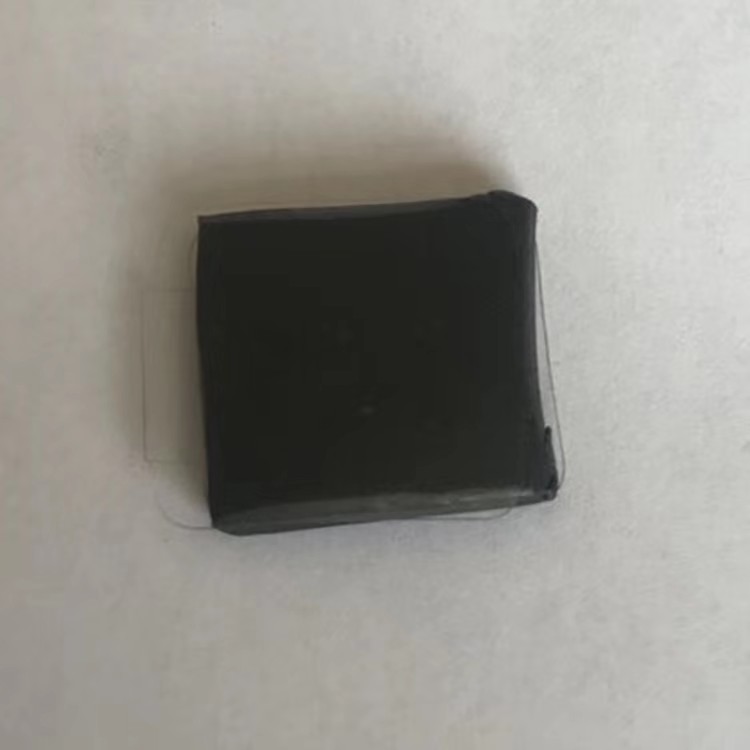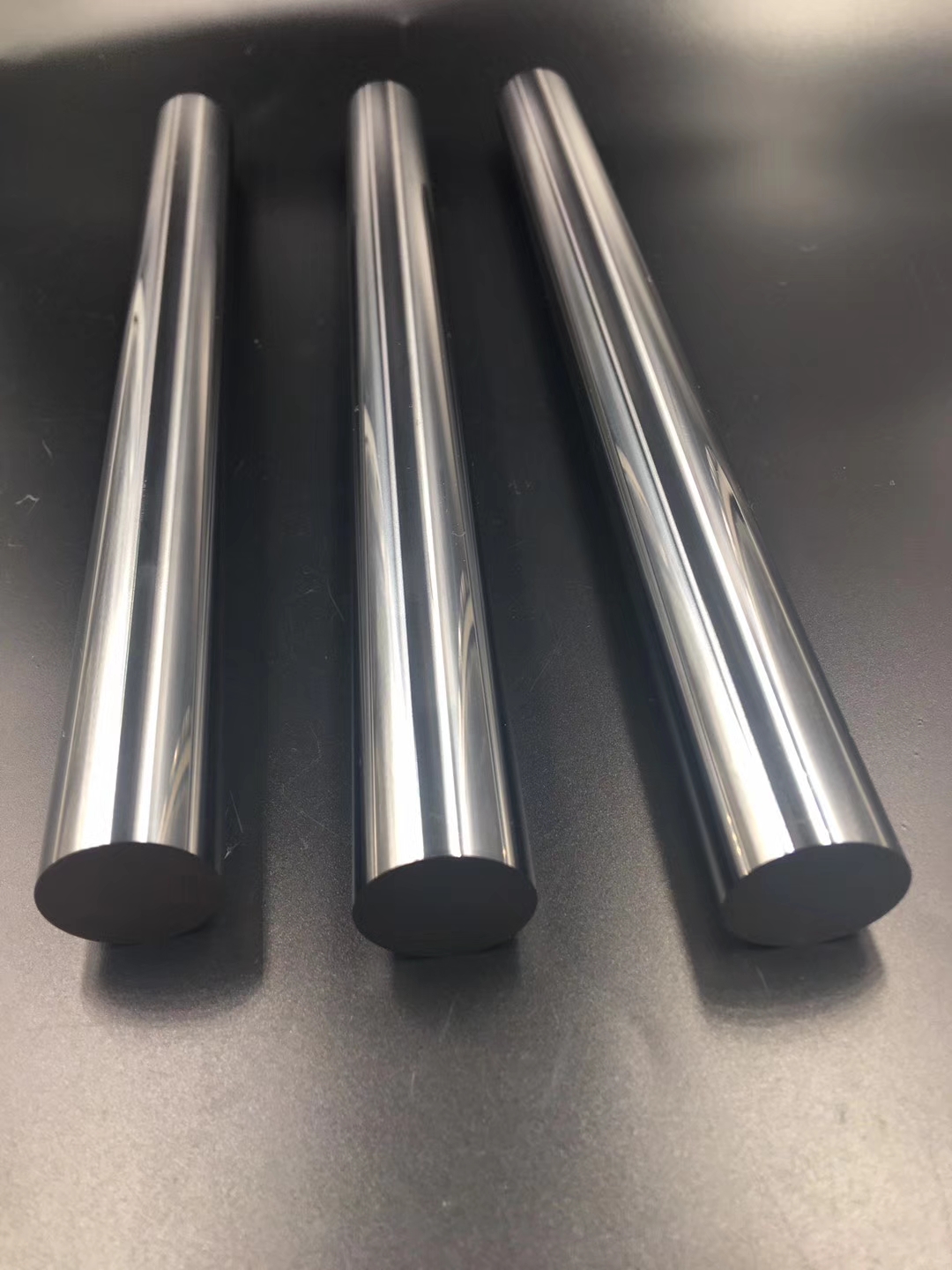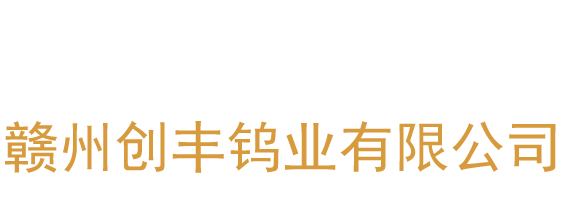by cftungsten
Share
by cftungsten
Share
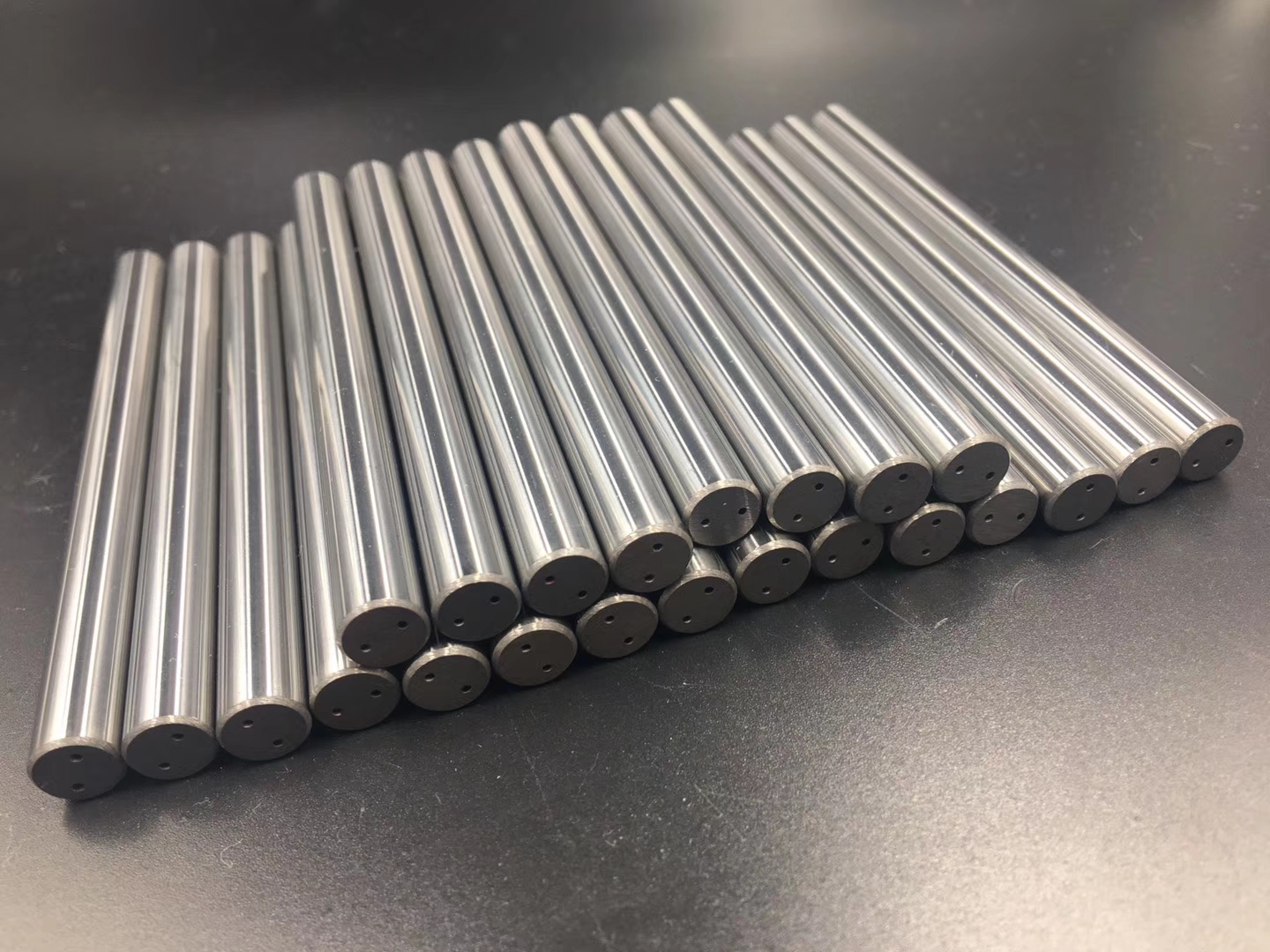
Hardness
The hardness of material is defined as the ability to fight against the hard pressed into surface of the object, mainly using measurements of Rockwell and Vickers. As the principles of the Vickers and Rockwell tests are different, care must be taken when converting from one system to the other.
Coercive Force
Coercive Force is a measure of residual magnetism in the hysteresis loop when the Cobalt (Co) binder in grade of cemented carbide is magnetized and then demagnetized. It can be used to asssess the status of alloy organization. The finer the grain size of the carbide phase the higher will be the coercive force value.
Magnetic Saturation
Magnetic saturation is the ratio of magnetic intensity to qualtiy. Magnetic Saturation measurements on the Cobalt(Co) binder phase in cemented carbide are used by the industry to evaluate is compostion. Low Magnetic Saturation values indicate a low carbon level and/or the presence of EtaPhase Carbide. Hign Magnetic Saturation values indicate the presence of “free carbon” or Graphite
Density
The density (specific gravity) of a materfal is the ratio of its masss to its volume. It’s measured using a water displacement technique. Cemented carbide density decreases linearly with increasing Cobalt ontent for the W-Co grade.
Transverse Rupture Stress
The Transverse Rupture Stress(TRS) is the ability of material to resist bending, measured at the breaking point of a material in a standard three point bend test.
Metallographic
Cobalt phase will bind after sintering, excess cobalt in certain area of the structure, forming the cabalt pool; if bindin phase is incompletely adhesive, there will form some residual pores. Cobalt pools and porosity can be detected by suing metallographic microscope.
Porosity ISO4505
Tungsten carbide is manufactured by powder-metallurgy and the metal binder phase is used to together the carbide phase. So there exists such a possibility: A small amount of residual are present in the microstructure of tungsten Cemented carbide due to the incomplete sintering. The volume of the pores present in the material is to evaluated a standard comparison procedure. The latter divides the scope of the dimensions and the distribution of pores into several categories: A pore under 10 microns is called prorosity”A”, A pore of 10-25 microns is called porosity”B” pores of bigger dimensions are to be measured and classified separately. The existence of pores in cemented carbide will have adverse effects on its mechanical properties.
Know how to produce Tungsten Carbide Rod.
STAY IN THE LOOP

